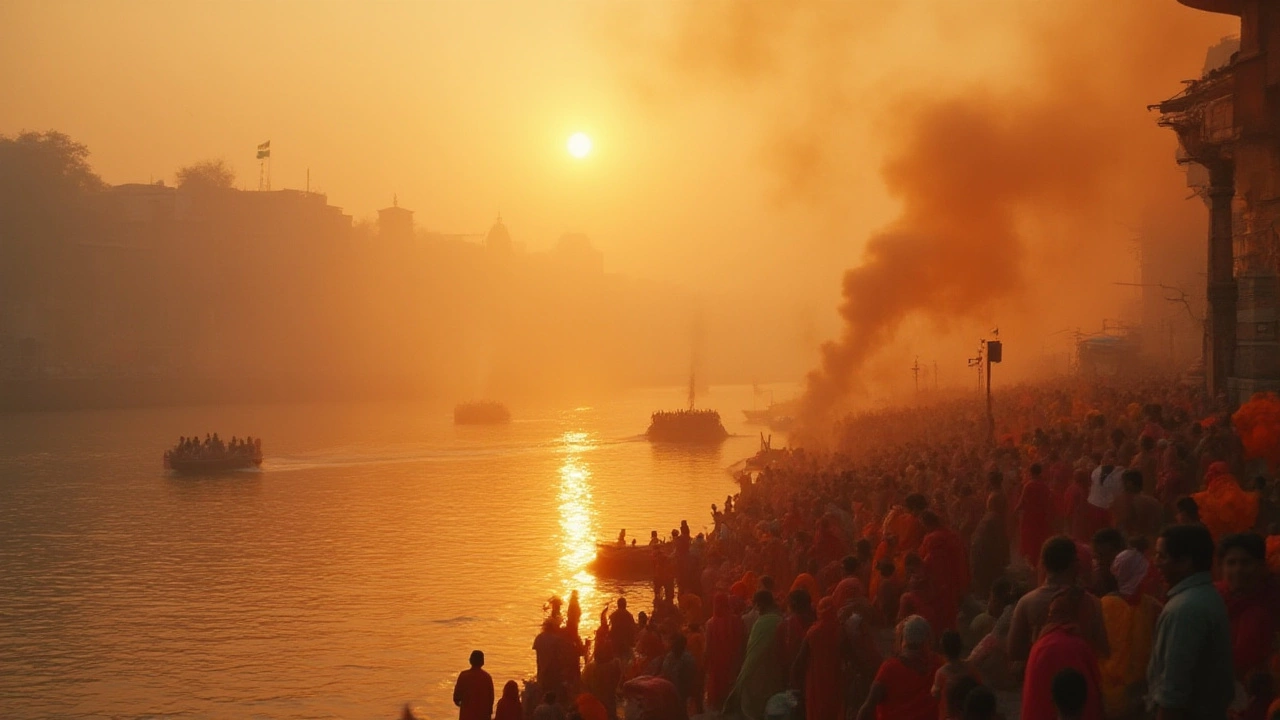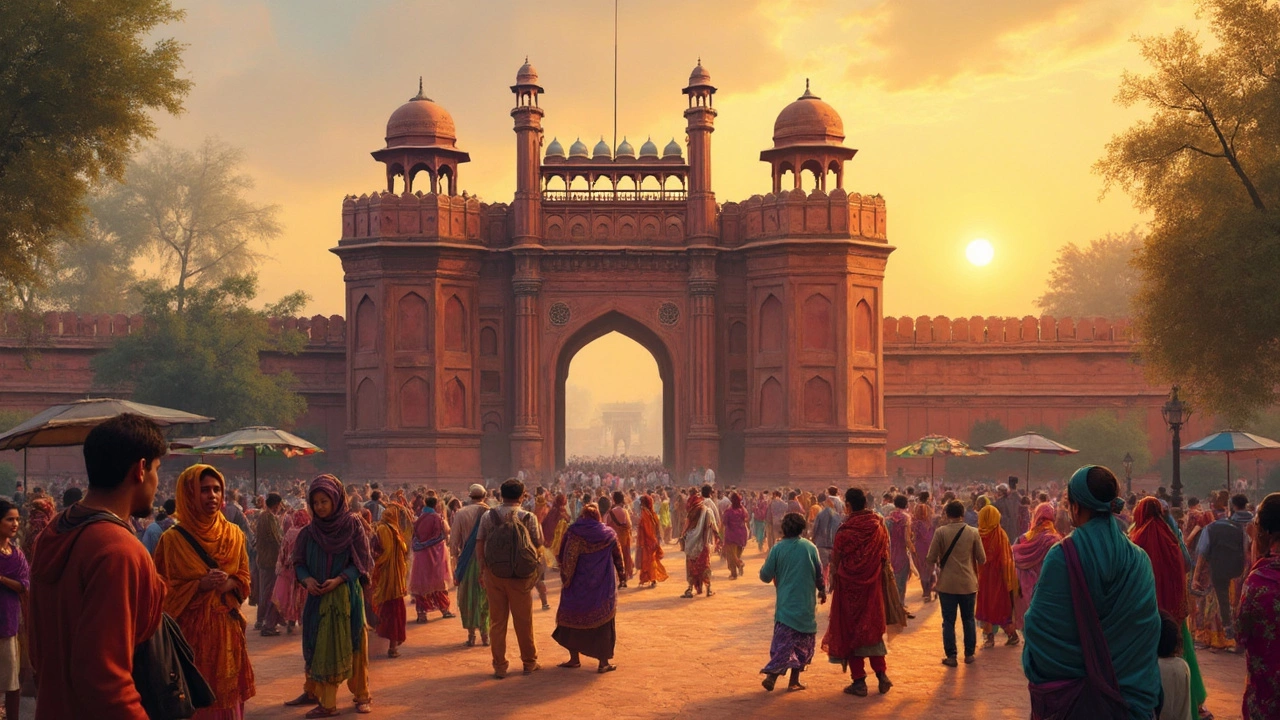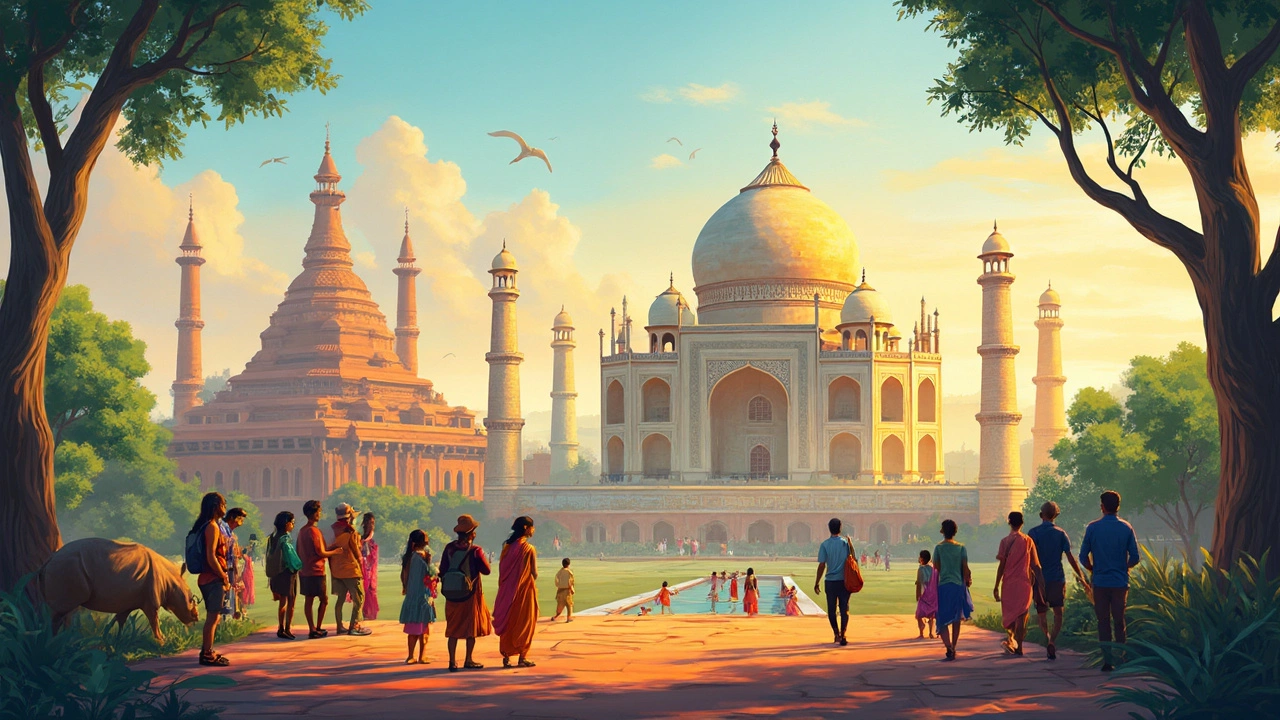Indian History: Discover the Real Stories Behind India's Heritage Sites
When you think of Indian history, the layered past of a civilization that shaped modern Asia through empires, trade, and spiritual movements. Also known as South Asian history, it's not just about dates and kings—it's about how people lived, traded, worshipped, and survived across thousands of years. From the stepwells of Gujarat to the rock-cut temples of Ellora, Indian history isn’t locked in textbooks. It’s in the chants at Varanasi’s ghats, the carvings on Khajuraho’s temples, and the silent ruins of Mohenjo-daro that still whisper about urban planning 4,500 years ago.
What makes UNESCO World Heritage Sites, places recognized globally for their cultural or natural significance. Also known as World Heritage locations, it's not just about beauty—it’s about proof that human ingenuity survived war, climate, and time. India has 43 of them, more than any country in South Asia. These aren’t just tourist spots. They’re living records. The Taj Mahal? It’s not just a monument—it’s a love letter in marble, built with labor, loss, and Persian design. The stepwells of Gujarat? They were ancient water systems that kept villages alive during droughts. And places like Hampi? They were once the capital of a vast empire that traded spices with Africa and China.
And then there’s cultural tourism, travel focused on experiencing traditions, rituals, and heritage firsthand. Also known as heritage travel, it’s what turns a visit to a temple into a moment of understanding. You don’t just see a temple—you learn why you must remove your shoes, why women cover their heads in some places, and why silence matters in certain shrines. This isn’t about checking boxes. It’s about respecting a culture that’s still breathing. That’s why guides matter. Why local food rules matter. Why knowing the difference between North and South India isn’t just geography—it’s history in motion.
What you’ll find below isn’t a list of old ruins. It’s a collection of real stories: why Nagpur is called the Heart of India, how to visit temples without offending anyone, what the Ark of the Covenant has to do with Indian temples (yes, really), and why the Great Himalayan Trail isn’t just a hike—it’s a walk through centuries of migration, trade, and spiritual quests. These posts don’t just tell you what happened. They show you how to feel it.


